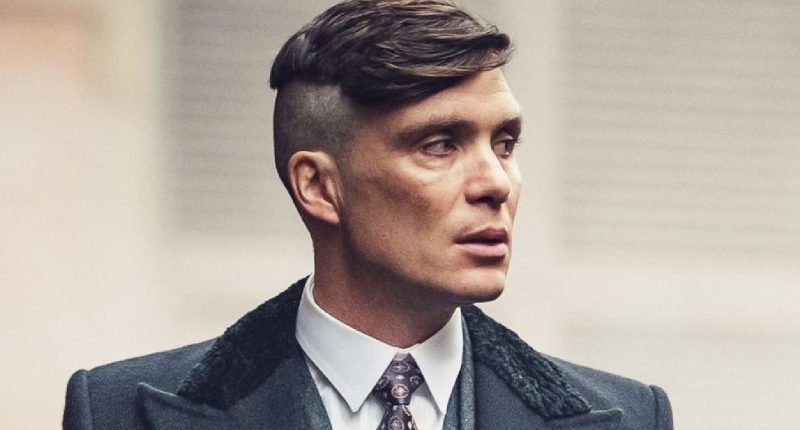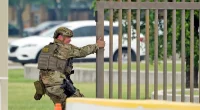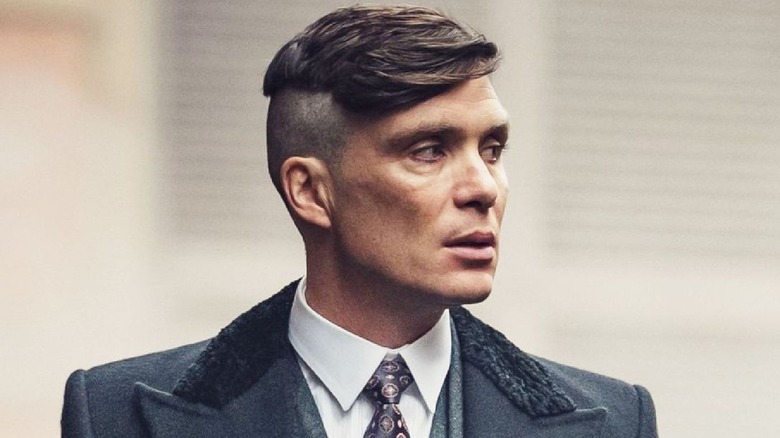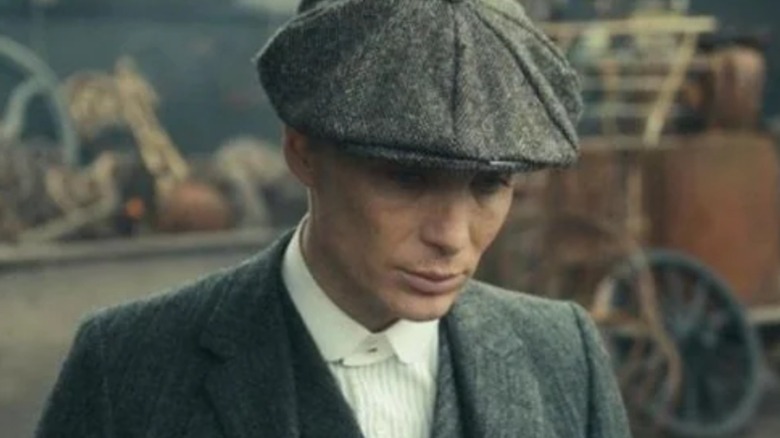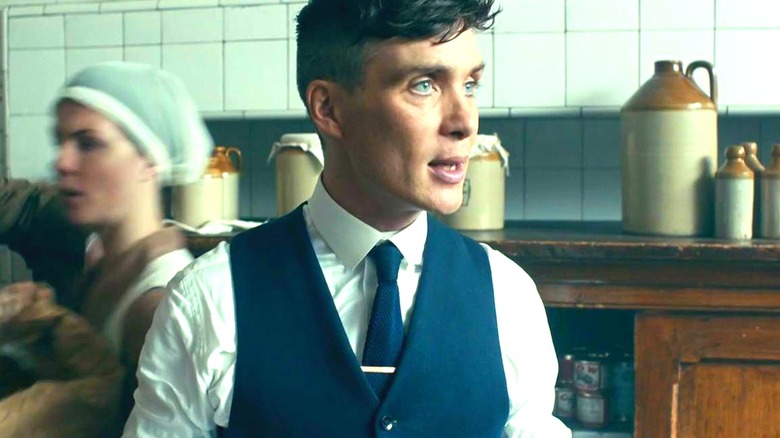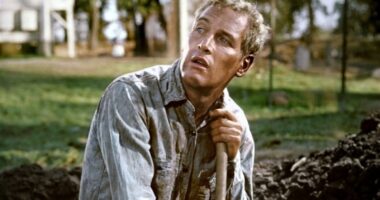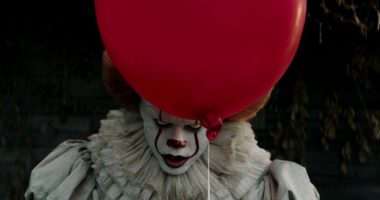Share this @internewscast.com
Set in the immediate aftermath of World War I, “Peaky Blinders” is an engaging period crime drama centered around a Birmingham-based British street gang and crime family of Romani and Irish Traveller descent, led by the charismatic boss Tommy Shelby (played by Cillian Murphy). As Winston Churchill (portrayed by Andy Nyman and Richard McCabe) dispatches Detective Chief Inspector Major Chester Campbell (Sam Neill) to restore order in the city, Tommy’s ambitions remain undeterred as he seeks to expand his operations throughout the 1920s.
Much like the fictional crew, the real Peaky Blinders were a ruthless street gang that instilled fear in the slums of Birmingham around the turn of the 20th century, maintaining their influence from the 1880s until the late 1920s. The industrial revolution brought about a surge in poverty towards the end of the 19th and beginning of the 20th centuries in England, with Birmingham bearing significant hardship. This economic decline led to a rise in crime, creating a landscape of street violence that included the Peaky Blinders gang. However, the similarities largely end there, as the historical Tommy Shelby didn’t exist, and the gang was far less organized than depicted in the popular series.
The razor blade hats are most likely a myth
Though this plot point is primarily featured in the show’s first season, the gang’s iconic name, “Peaky Blinders,” comes from their distinctive flat caps that supposedly contained concealed razor blades, aiding them in attacking their foes. While this detail adds drama to the show, experts suggest there is no substantial evidence to support this aspect of their notoriety.
Experts say the tale represents what’s known as “folk etymology.” This is a type of misconstrued etymology wherein a seemingly logical origin for a word or phrase is assigned based on users’ modern understanding of language — like the way the origin of “hangnail” was a word that had nothing to do with nails and the etymology of “muskrat” has nothing to do with rats.
The real Peaky Blinders did have a penchant for sharp-looking hats, part of their general culture of wearing stylish garb. Much like gang members today, they donned their finery as a symbol of their status within their community. However, the real Blinders wore a style of bowler hat called a “billycock,” and experts say there’s no reason to believe razor blades were part of the uniform. The fact that razor blades were still something of a novel luxury item at the time the working class gang was running wild helps serve to discredit this theory.
It was more of a subculture than a street gang
While the BBC’s Peaky Blinders were part of a Romani-Irish Traveller family crime gang, their real-life counterparts were much less organized. Instead, they were more of a subculture of wild youths who shared a mutual appreciation for crime and violence as a means of dealing with their otherwise tough existence in Birmingham.
As evidenced by many political cartoons from the period, working class and impoverished people in Birmingham toward the end of the Victorian era often struggled to maintain a basic standard of living, with many forced into workhouses or onto the streets. The Birmingham slums were a dangerous place, and many members of the city’s criminal element made their living by pickpocketing or outright theft.
Youth gang culture soon became rampant, and the roving bands of disenfranchised young men — ranging in age from about 12 to 30 – eventually began to form semi-organized hierarchies. Although nothing like the scale of what is depicted in “Peaky Blinders,” prominent and powerful members did emerge from time to time to help them take up turf wars with other rival gangs like the Birmingham Boys, who eventually superceded the Blinders as Birmingham’s most powerful street gang.
